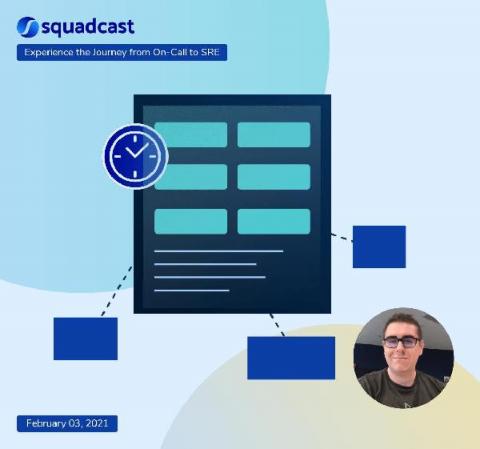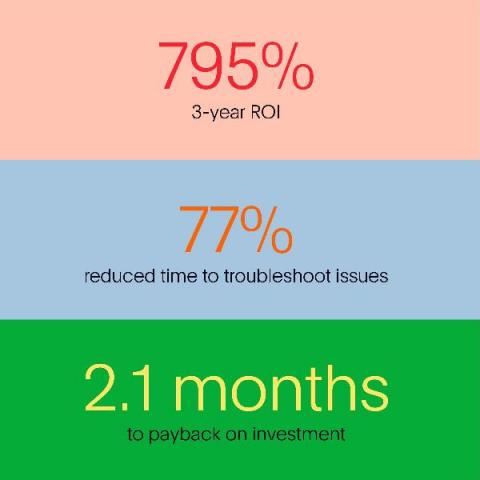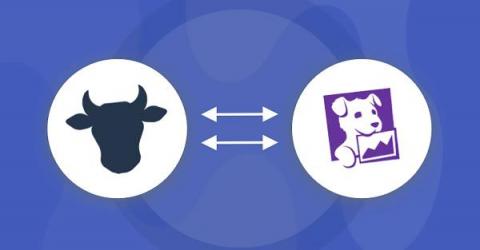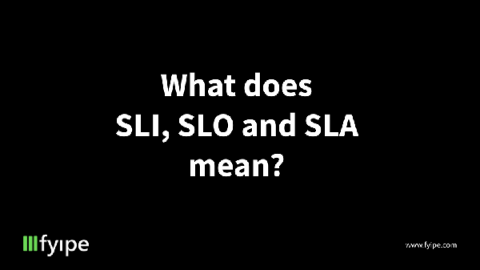Operations | Monitoring | ITSM | DevOps | Cloud
Latest News
New IDC Study Highlights PagerDuty's Multi-Million Dollar ROI
Dependence on digital business skyrocketed in the last year, with customers expecting seamless, always-on access to applications and digital services from any device, anywhere. This trend has placed developer and IT teams under more pressure than ever before to not only deliver these digital experiences, but keep them up and running at all times.
What is IT Infrastructure Management (IM)?
Actionable Insights - Faster Incident Resolution with Datadog and Moogsoft Observability Cloud
Context is king, they say, and anything you can do to improve context both makes decisions and assessments more reliable and speeds up the decision process. A new, bi-directional integration between Moogsoft Observability Cloud and Datadog does just that. Many SRE teams rely on Datadog to provide comprehensive information about their application stacks.
What is the Difference between SLAs and OLAs?
In traditional IT environments, services to customers are delivered and supported by the organization. A Service Level Agreement (SLA) is created with details like what would be the availability of service be, how reliable the service would be, what penalties can be charged in case of downtime, etc. The internal teams like the network administration team, development team, IT service desk, etc. would then draw up Operational Level Agreements (OLAs) to support the SLA.
"I'm Just Doing my Job," An SRE Myth
Stay Alert to Security With Xray and PagerDuty
Incident Communication Is a Key Part of Resolving Network Issues
PagerDuty's Ops Guides Get a Fresh New Look
The Community and Advocacy Team here at PagerDuty recently spruced up our library of ops guides, and we’re excited to share them with you. If you’re not familiar with the ops guides, they are an open-sourced collection of long-form documents that cover a variety of topics related to real-time operations and incident management. We’ve given them some spiffy new headers, cleaned up some sneaky errors, and added a new section titled “Next Steps.”
SLA vs SLI vs SLO: Know the differences between them.
SLA basically means a Service Level Agreement. It’s a formal agreement between you and your customer. It basically describes the reliability of your product/service so you can have a formal agreement which basically says our product will be online 99 percent of the time annually and if we fail to achieve that objective we will give 30% of your annual license fee back. SLA’s also include penalties in the contract.











